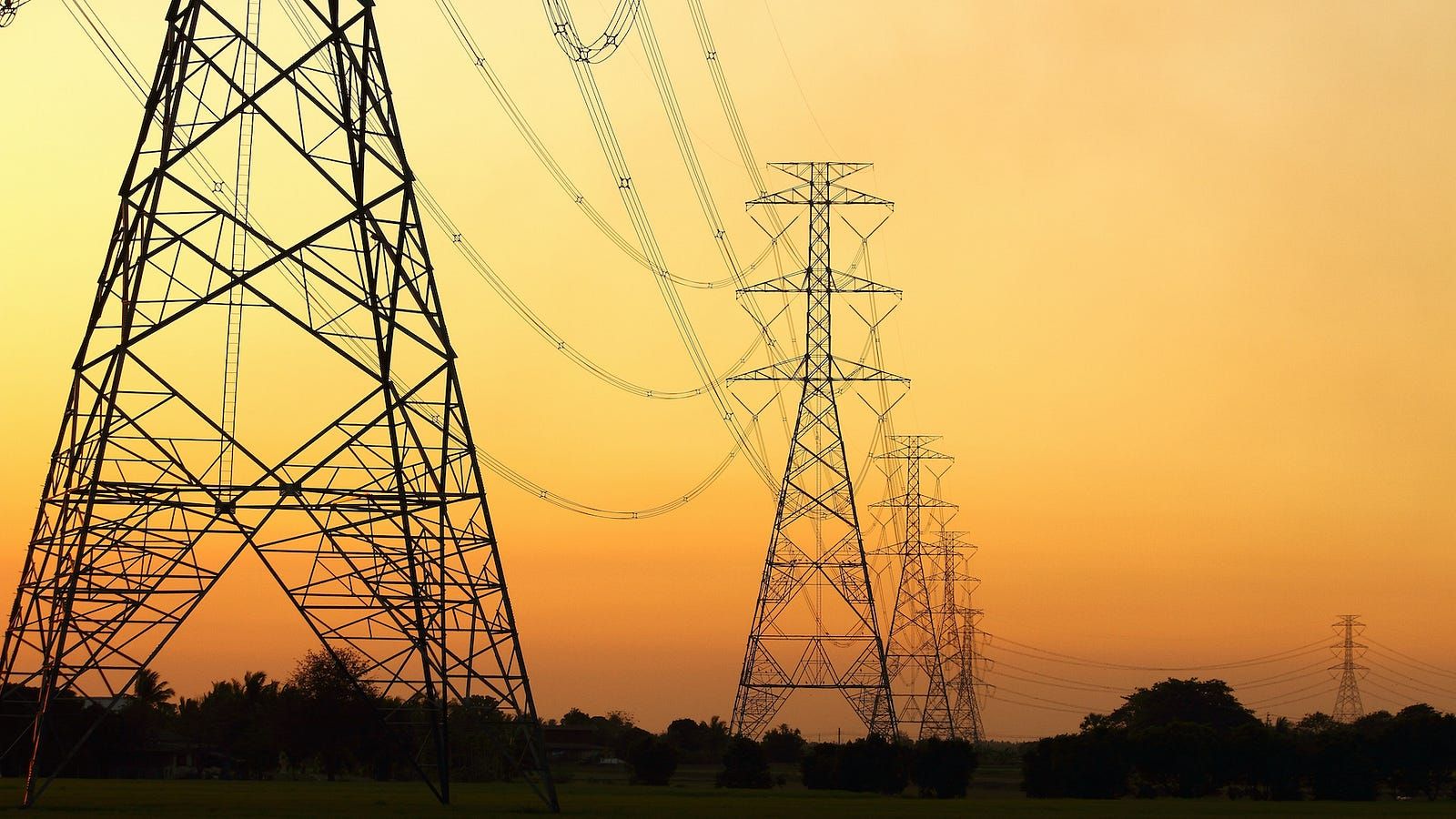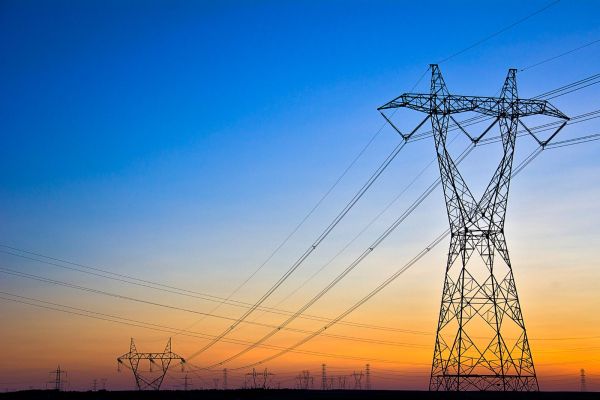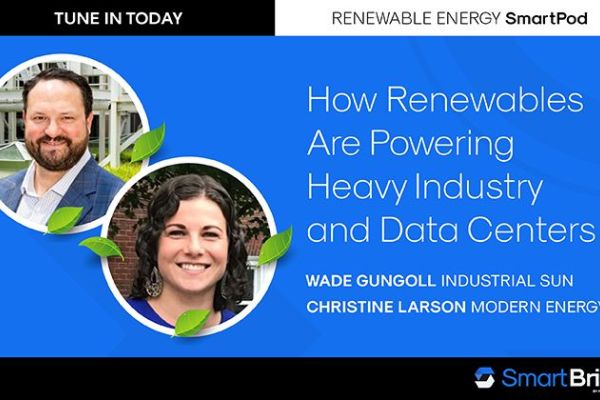Up, Up, and Away: The Perpetual Rise of Texas Demand Charges - and What to Do About Them
Insights
May 22, 2023
Written by Alexandra Williams

The aughts are back — and this isn’t relegated solely to the realm of cargo shorts and low-rise jeans. Over the course of the past year, all-in industrial power prices in Texas have soared to a 15-year high, to prices unseen since mid-2008.
From the energy impacts of shifting geopolitics to ballooning ERCOT demand charges, all-in power costs for industrials have continued to trend upward. These massive energy price hikes—on both the supply and demand side—have left industrial customers scrambling for a solution to minimize the pain on the power bill.
How can industrials ensure that they are sourcing the lowest-cost power out there?
Supply Cost Spikes
The peaks, valleys, and overall trends of power prices over time very closely mirror the Henry Hub spot natural gas prices. These patterns are unsurprising, as natural gas is Texas’s largest source of power generation, followed by solar and wind.
Globally, natural gas prices are finally receding to levels seen prior to Russia’s invasion of Ukraine. As these prices decline, the energy (MWh) component of all-in power prices for natural gas-driven electricity markets are similarly beginning to decline, including those in Texas.
While Texas still has some of the cheapest industrial power found anywhere in the country, the reality is that the year-over-year (January 2023 versus January 2022) power prices for industrials in Texas remains 33% higher than they were one year ago.
Demand-Side on the Rise
On the demand-side of the equation, a host of market mechanisms are propping up the price of energy in the Lone Star State, mainly through price adders and ancillary service charges related to the following factors.
First, demand is soaring, as evidenced by the fact that ERCOT continues to set new records for all-time system peak. In July 2022, peak demand shattered predictions and records, clocking in at a jaw-dropping 77,460 megawatts (MW). And later that same month, ERCOT set an all-time peak demand record that surpassed 80,000 MW.
Second, the energy demand curve is getting peakier, meaning that demand is both increasing while spanning shorter periods of time. This carries implications for operating reserve margins and ancillary service costs. Essentially, these taller, steeper, demand peaks and valleys are more expensive to meet, which translates to a significant rise in costs for any industrial operating in Texas.
And, finally, in the wake of recent severe weather events and associated grid outages, ERCOT is now requiring more reserve capacity to buttress grid reliability. This added prudence also adds cost, hitting the customer’s energy bill in the form of price adders.

Ever Expanding Transmission Costs
Meanwhile, also on the capacity/demand side of the all-in power bill, an even stronger trend has emerged: demand charges are rising—and fast. Across both wholesale and retail markets in ERCOT, 4CP demand charges are 2.5x what they were 15 years ago.
This rise in 4CP charges is correlated to the growing pressure on transmission and its infrastructure. 4CP exists to compensate the wires utilities for their operation, expansion, and refurbishment of the transmission system.
These charges escalate because, as new resources and loads come onto the grid, the spider web of wires, substations, and other equipment to support it grows more expensive and complex to maintain. These growing transmission costs are passed on to the consumer and show no signs of slowing.
Cost-Cutting Coping Mechanisms
So what, then, is the antidote to counteract these budget-busting industrial energy costs? Net-metered industrial solar.
Net-metered industrial solar involves locating larger solar projects proximate to industrial facilities. The industrial then signs a competitive power purchase agreement (PPA) — instead of owning the project outright and paying the associated capex costs.
Industrial customers have often looked to solar PPAs as an energy price hedge against natural gas price volatility. And this approach remains correct.
The recently released Lazard’s 2023 Levelized Cost of Energy confirms that onshore wind and utility-scale solar are way in the money as compared to coal and natural gas peakers, as well as in comparison to natural gas combined cycle.
And now net-metered industrial solar PPAs are looking even more attractive as a capacity price (i.e., demand charge) hedge, too.
Demand charges already comprise a major line item on every Texas industrial’s budget. Because these charges are rising and showing no signs of slowing down, it is all the more essential that industrials do all they can to minimize their exposure and vulnerability to them.
Because they are considered to be behind the meter for accounting purposes, such large-scale solar projects can offer significant inroads toward reducing 4CP demand charges, while offering superior economics as compared to on-site generation.
This makes the Industrial Sun flavor of solar a win-win across the board.
Corralling Operating Costs
A variety of factors can impact an industrials’ operating costs—some of which are outside and some of which are within a company’s control.One doesn’t need a crystal ball, though, to see that energy demand is growing — and will likely continue to grow — alongside the costs of satiating it. Savvy companies, however, need not be relegated rudderless in rough seas. Industrials can have at the ready the tools to shrink their power bills by adding net-metered industrial solar to their tackle box.
Learn more about how net-metered industrial solar can help you rein in rising demand charges.




